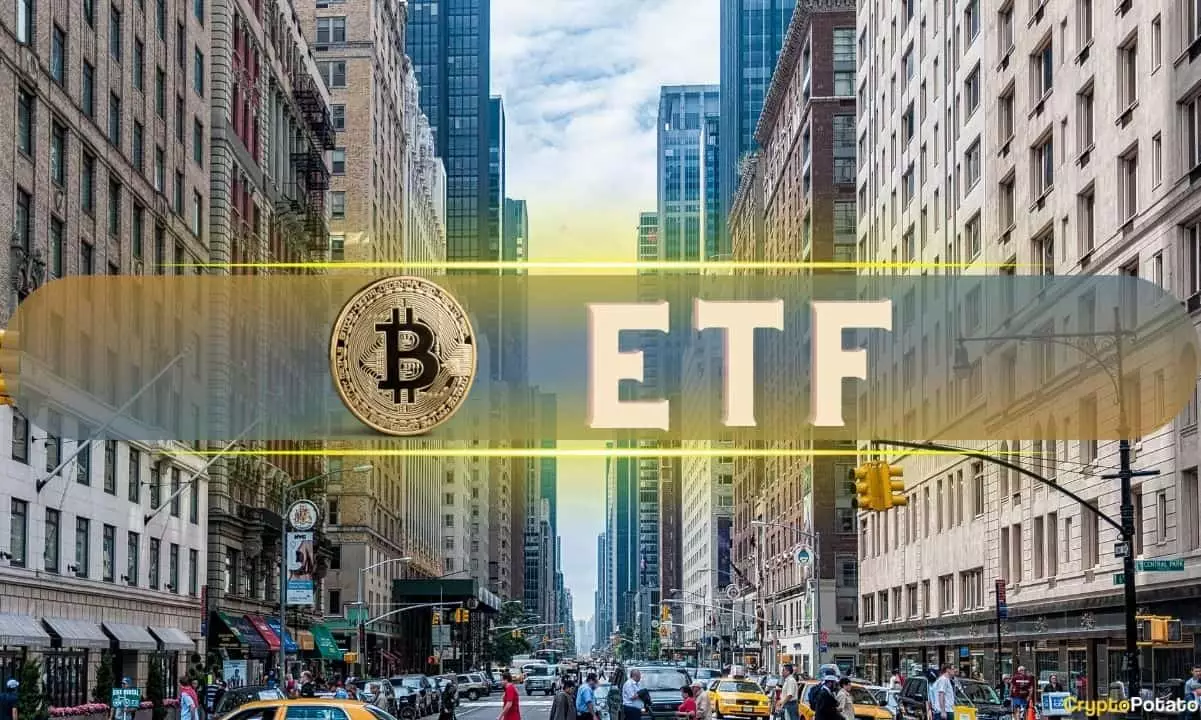The introduction of Bitcoin spot ETFs in the U.S. market has led to significant net inflows of $12.3 billion within the first three months of their launch. This influx of capital has raised questions about the broader impact of these ETFs on the Bitcoin market as a whole.
A detailed analysis by Glassnode analyst James Check revealed that the Grayscale Bitcoin Trust (GBTC) has experienced substantial outflows since January 11. Despite losing approximately 300,000 BTC, the fund’s net asset value has only slightly declined due to the rising value of existing BTC on its balance sheet. This has created a situation where older investors, holding shares at lower cost bases, may be motivated to sell as the price of Bitcoin increases.
Check classified GBTC as part of the long-term holder supply segment, indicating that these investors tend to take profits when Bitcoin reaches new all-time highs. This pattern of behavior has been observed in previous Bitcoin cycles, suggesting a consistent trend within the market. Glassnode’s research also highlighted that Bitcoin ETFs, including GBTC, account for a significant portion of long-term holder spending in recent months.
When comparing the net inflows from Bitcoin ETFs to the change in Bitcoin’s “realized cap,” Check found that ETF inflows represented only a portion of the total capital inflows into the network. While ETF inflows totaled $28.5 billion, the overall capital inflows reached $52 billion. Additionally, on a volume basis, ETFs were estimated to be approximately 40% to 50% of the traditional Bitcoin spot market. However, futures trading continued to dominate the market, comprising 80% to 85% of Bitcoin trading activity on average.
Check emphasized that when considering trade volume, long-term holder spending, and ETF inflows, the impact of these ETFs on the Bitcoin market ranges from thirty to fifty percent. This suggests that while ETFs have attracted significant capital, they are still a relatively smaller component compared to the broader market dynamics. Moving forward, monitoring the behavior of long-term holders and the influx of capital through ETFs will be essential in understanding how these financial products shape the future of the Bitcoin market.


Leave a Reply